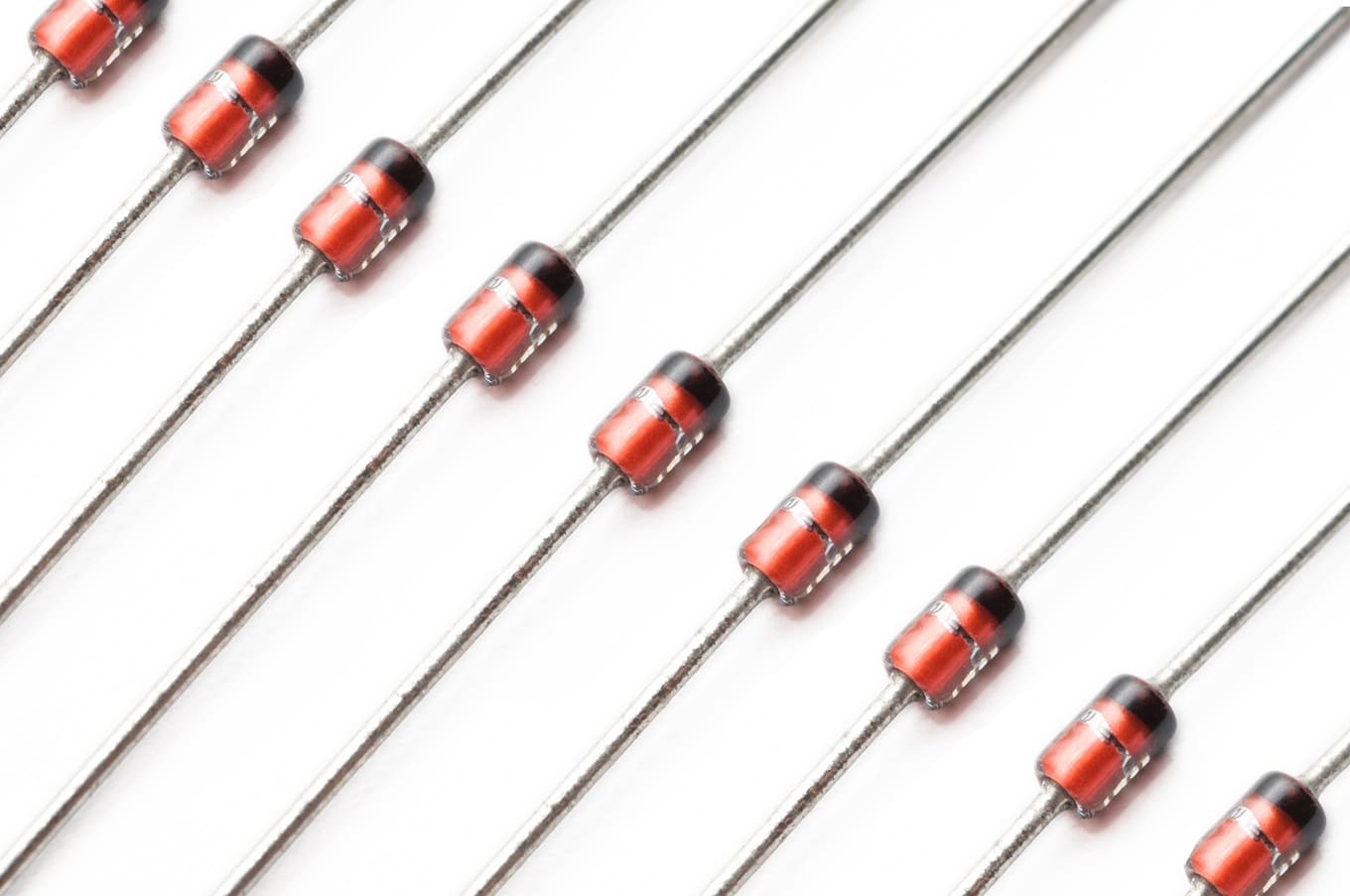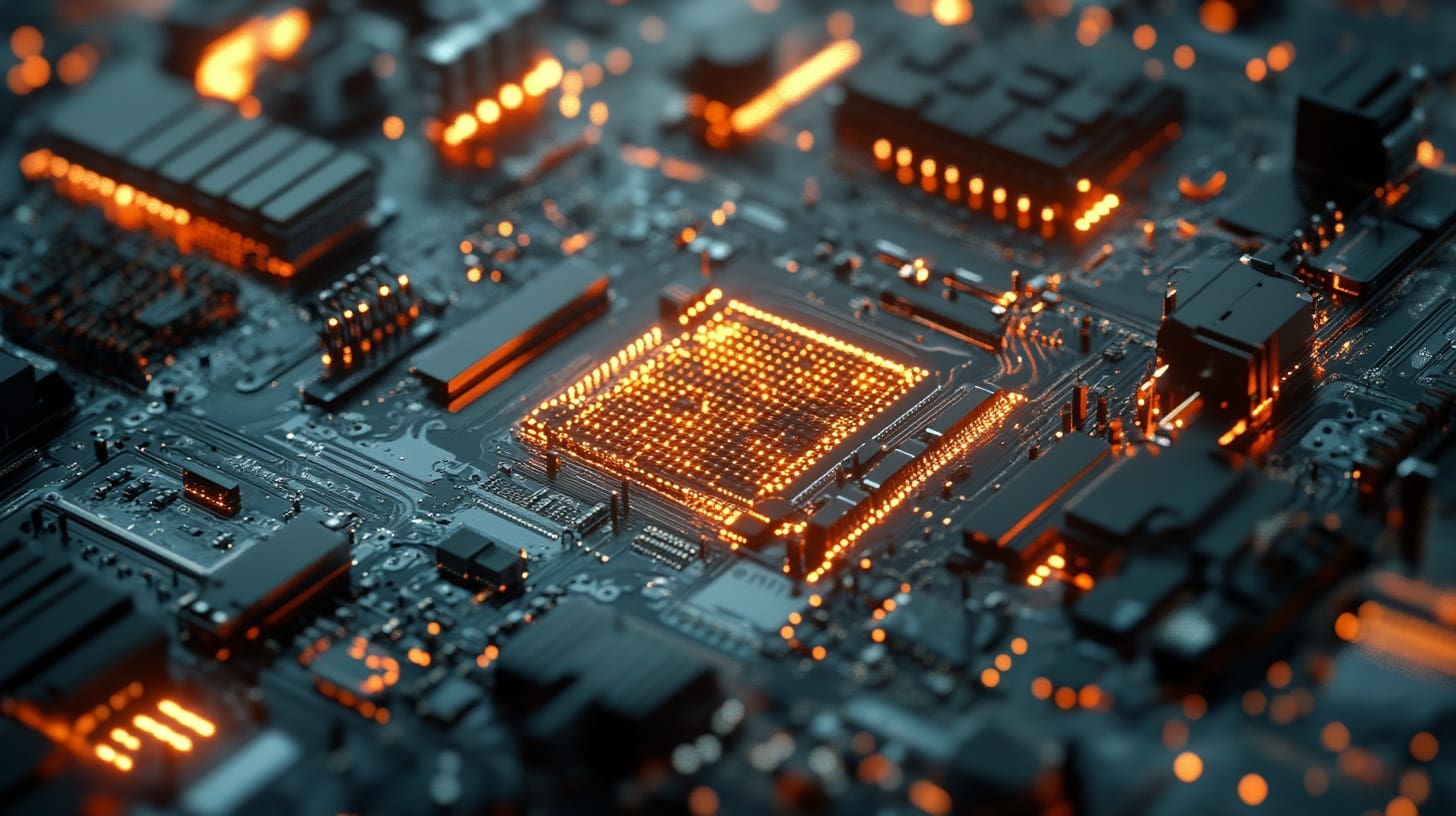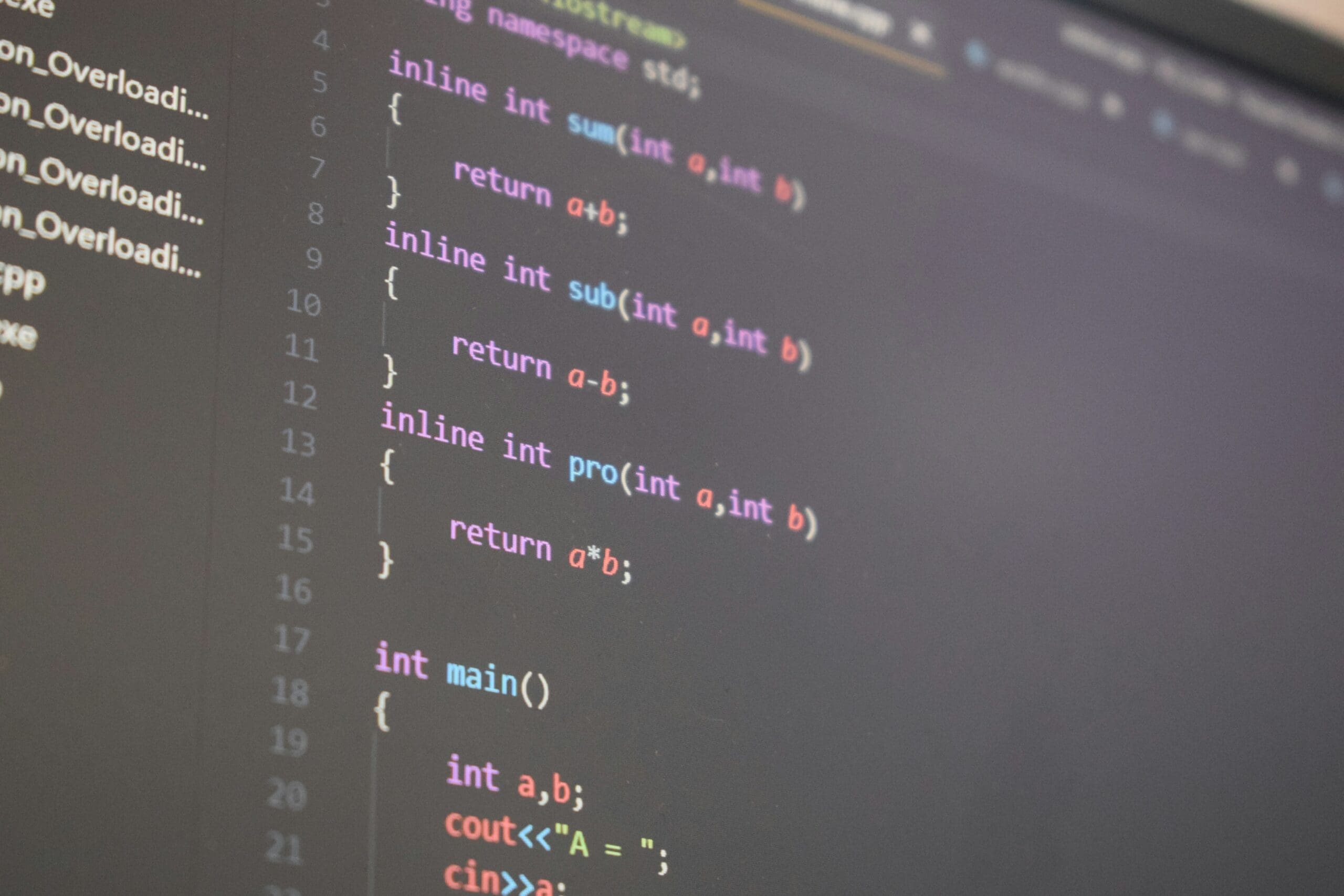Production engineering focuses on the design, operation, and implementation of manufacturing processes. The integration of 3D printing, or additive manufacturing, into production engineering has dramatically transformed traditional manufacturing paradigms. This technology enables the creation of complex, customized products with enhanced efficiency and reduced material waste. As industries strive for innovation and adaptability, 3D printing offers significant advantages by facilitating rapid prototyping, on-demand manufacturing, and the production of intricate designs that are difficult or impossible to achieve with conventional methods.
The Emergence of 3D Printing in Production Engineering
Initially used for creating models and prototypes, 3D printing has evolved into a robust manufacturing technology that is reshaping production engineering across various sectors, including automotive, aerospace, healthcare, and consumer goods. The ability to print components directly from digital files allows for greater design flexibility, streamlined production processes, and a significant reduction in lead times and costs.
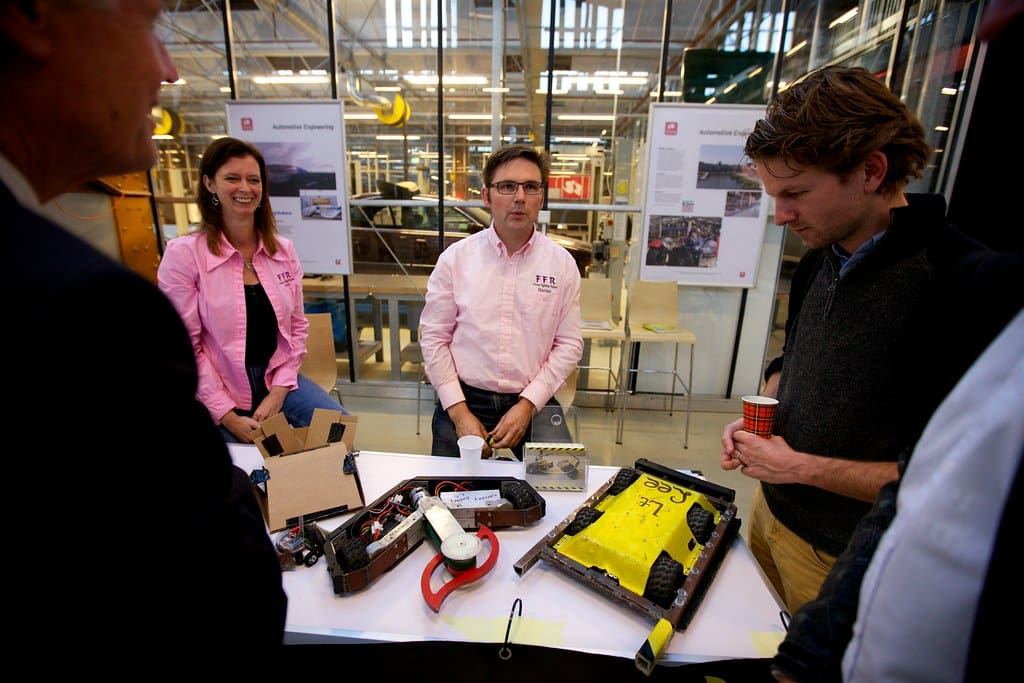
Advantages of 3D Printing in Production Engineering
Design Freedom and Complexity: 3D printing excels at producing complex geometries, including internal cavities and intricate details, without the need for additional tooling. This capability enables production engineers to innovate freely, optimizing product performance and functionality.
Rapid Prototyping and Iteration: The technology allows for quick production of prototypes, enabling engineers to test and refine products in real-time. This accelerates the development cycle and enhances product quality by allowing for immediate feedback and adjustment.
Customization and Flexibility: 3D printing supports the economic production of customized or tailored products, meeting specific customer requirements without significant increases in cost or production time.
Waste Reduction and Sustainability: Additive manufacturing significantly reduces material waste compared to subtractive methods, such as CNC machining, by using only the material necessary to build a part. This efficiency contributes to more sustainable manufacturing practices.
Supply Chain Simplification: By enabling on-site production and reducing the need for large inventories, 3D printing can simplify supply chains and reduce vulnerabilities associated with global logistics, especially during disruptions like those caused by pandemics or trade disputes.
Key Applications of 3D Printing in Production Engineering
Tooling and Fixtures: 3D printing is widely used to produce custom jigs, fixtures, and other assembly aids. These tools can be tailored to specific manufacturing processes or product lines, improving production efficiency and worker safety.
End-Use Parts Production: Beyond prototyping, 3D printing is increasingly used for the direct manufacturing of final product components, especially in industries like aerospace and medical devices where customization and complexity are crucial.
Spare Parts Manufacturing: For industries managing legacy equipment or systems with long service lives, 3D printing offers a cost-effective solution for producing spare parts on demand, thereby extending the operational lifespan of existing assets.
Bridge Manufacturing: When transitioning from prototype to full-scale production, 3D printing can serve as a bridge manufacturing solution, allowing for the production of small to medium quantities that are not economically feasible with traditional manufacturing methods.
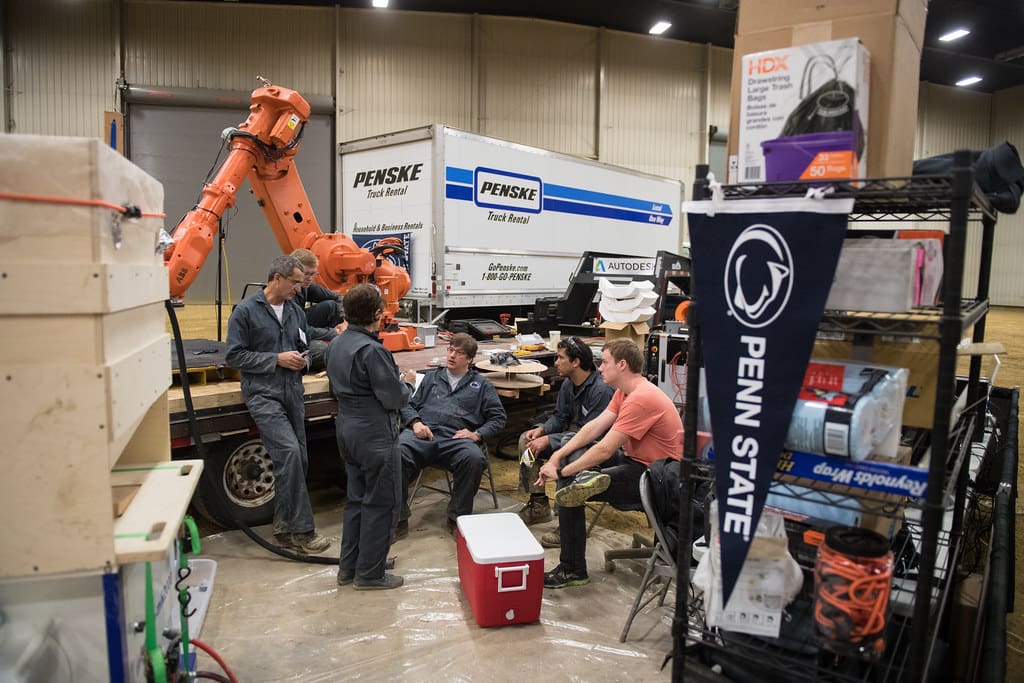
Challenges in 3D Printing for Production Engineering
Material Properties: While the range of materials suitable for 3D printing has expanded, ensuring they meet the specific strength, durability, and thermal properties required for some industrial applications remains challenging.
Scale Limitations: Although perfect for small-scale production, scaling 3D printing processes to larger volumes can still be less efficient and more costly compared to traditional manufacturing methods like injection molding.
Surface Finish and Precision: Achieving the surface finish and precision required for some high-specification industries can be difficult with 3D printing and may require post-processing, which can negate some of the technology’s speed and cost benefits.
Technical Expertise and Integration: Fully integrating 3D printing into existing production lines often requires significant technical expertise and an understanding of its strengths and limitations compared to traditional methods.
Future Directions in 3D Printing for Production Engineering
The future of 3D printing in production engineering is vibrant with potential, driven by continuous advancements in printer technologies, materials, and software. Future developments are expected to address current limitations regarding speed, cost, and material properties. Moreover, as digital manufacturing continues to evolve, the integration of 3D printing with other technologies like AI and IoT is anticipated to create smarter, more responsive production workflows.
3D printing is set to continue revolutionizing production engineering, offering new levels of flexibility, efficiency, and sustainability. This transformative technology not only enhances the ability to produce customized, complex products but also holds the promise of reshaping global manufacturing landscapes. As the technology matures, it will play a pivotal role in the future of production engineering, driving innovation and competitiveness across industries.


